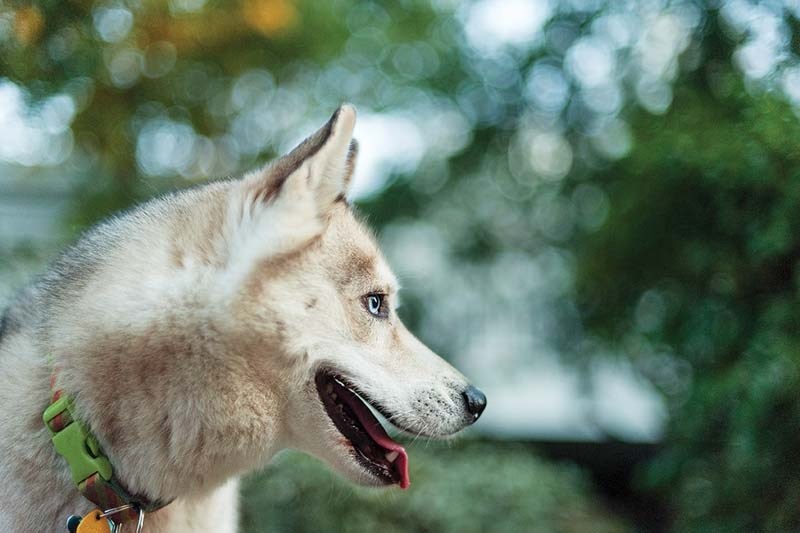When parents of dogs become parents of little humans, there can be some worry about how the dog and the child will get along.
Kristen McKenna, coordinator of education for the Edmonton Humane Society, says there are steps that parents can take to set both baby and fur baby up for success.
The Edmonton Humane Society even offers courses for dog owners who are expecting as well as those with toddlers.
Preparing for the arrival of baby begins with ensuring parents are working with their dog to develop basic obedience.
“(Parents) want to make sure that the dog has a good, solid foundation in obedience skills,” says McKenna. “And that’s so that you can direct the dog to be gentle, to sit, to stay and to be safe around the new baby.”
She says using positive reinforcement training is best because behaviours that are reinforced are retained. It creates a positive association with the behaviour in a dog’s mind.
“Whether you use treats, or toys, or a good scratch on the chest to tell them good dog, these are all positive ways to reinforce behaviours that we like,” McKenna says. “So if we ask them to sit, they’re going to have a positive association with that.”
Positive reinforcement between dog and baby can begin even before the newborn arrives home. Parents can bring home a receiving blanket or piece of clothing that the baby has touched, let their dog smell it, and then provide positive reinforcement with a treat, toy, snuggle, or whatever makes their dog happy.
“You need to create a positive experience around that scent because we want the dog to associate the child with happy emotions,” McKenna says.
When the new baby comes home, instead of bringing the baby to the dog to introduce the two, McKenna suggests parents let the dog come to them.
“We don’t approach a dog, we let the dog come to us,” she says. “And if the dog says no thank you, we have to respect that.”
If a dog becomes uncomfortable around baby, they will display behaviours like licking of lips, scratching, yawning or turning their head away. McKenna says it’s important to know your dog and recognize signs that the situation is becoming stressful for them.
“(Parents) want to learn those signals – the lip licking, the yawning, the looking away, the scratching – and want to be able to recognize that, okay, my dog is not feeling good about the situation. And then you need to give that dog some space.”
The Internet is full of photos and videos of adorable babies lying on top of patient pooches, or pulling their ears, or riding them like horses, but McKenna says this is not appropriate interaction. Not only is it painful for the dog, it also a potentially dangerous practice.
“We should proactively teach our children how to be appropriate with dogs,” she says. “Because no matter how tolerant your dog is, the next dog that child meets might not be so tolerant.”




